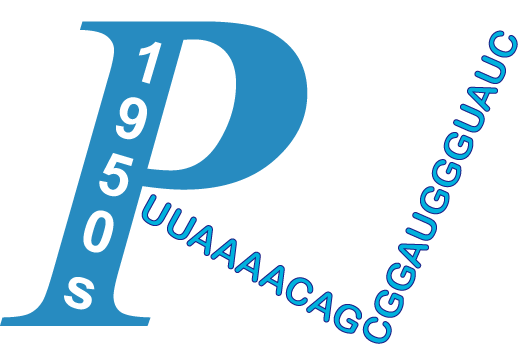| Title | Resilience to orthostasis and haemorrhage: A pilot study of common genetic and conditioning mechanisms. | ||
| Author | Davydov, Dmitry M; Zhdanov, Renad I; Dvoenosov, Vladimir G; Kravtsova, Olga A; Voronina, Elena N; Filipenko, Maxim L | ||
| Journal | Sci Rep | Publication Year/Month | 2015-May |
| PMID | 26024428 | PMCID | PMC4650686 |
| Affiliation + expend | 1.1] Sholokhov Moscow State University for the Humanities, the Russian Institute for Advanced Study and Institute of Neurosciences and Cognitive Research, Verkhnyaya Radishevskaya 16-18, Moscow, 109240 [2] Laboratory of Neuroimmunopathology, Institute of General Pathology and Pathophysiology, Russian Academy of Medical Sciences, 8 Baltiyskaia ul., Moscow, 125315, Russia. | ||
A major challenge presently is not only to identify the genetic polymorphisms increasing risk to diseases, but to also find out factors and mechanisms, which can counteract a risk genotype by developing a resilient phenotype. The objective of this study was to examine acquired and innate vagal mechanisms that protect against physical challenges and haemorrhages in 19 athletes and 61 non-athletes. These include examining change in heart rate variability (HF-HRV; an indicator of vagus activity) in response to orthostatic challenge, platelet count (PLT), mean platelet volume (MPV), and single-nucleotide polymorphisms in genes that encode several coagulation factors, PAI-1, and MTHFR. Individual differences in PLT and MPV were significant predictors, with opposite effects, of the profiles of the HF-HRV changes in response to orthostasis. Regular physical training of athletes indirectly (through MPV) modifies the genetic predisposing effects of some haemostatic factors (PAI-1 and MTHFR) on vagal tone and reactivity. Individual differences in vagal tone were also associated with relationships between Factor 12 C46T and Factor 11 C22771T genes polymorphisms. This study showed that genetic predispositions for coagulation are modifiable. Its potential significance is promoting advanced protection against haemorrhages in a variety of traumas and injuries, especially in individuals with coagulation deficits.
